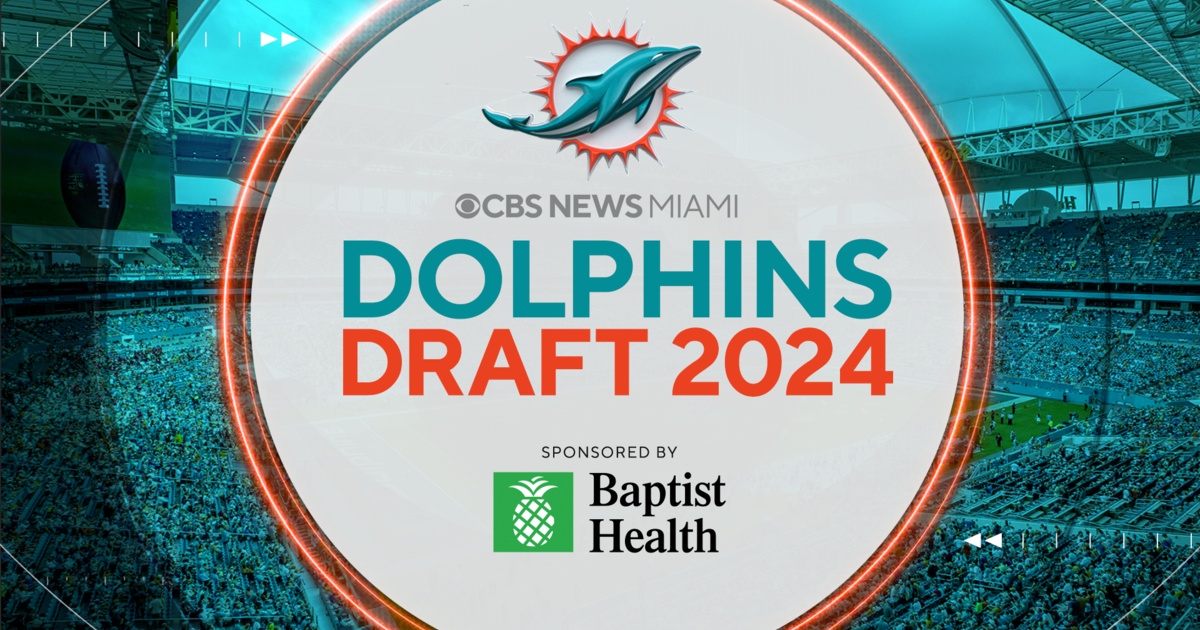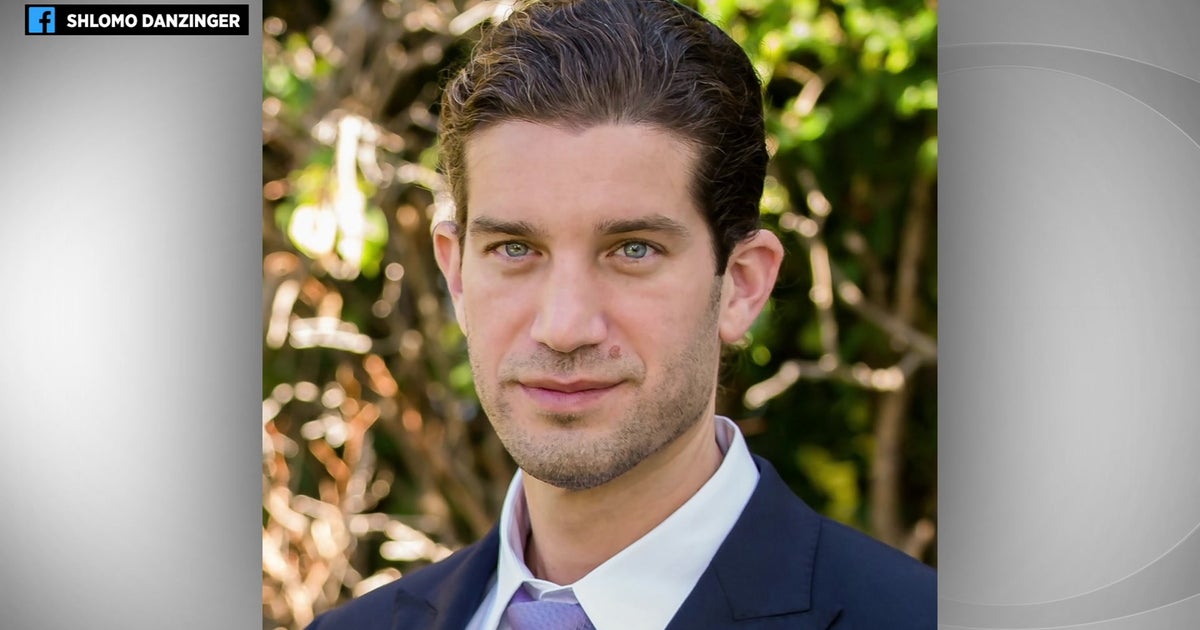Twins' Liam Hendricks Will Look To Lean On Secondry Pitches To Succeed
By David Heck, Special to CBS Local Sports
CBS Local Sports will be profiling one young player from each Major League Baseball team every day for the next 30 days as part of our “30 Players 30 Days” spring training feature.
Liam Hendriks, Starting Pitcher, Minnesota Twins
2012 season: 16 GS, 85.1 IP, 5.59 ERA, 1.55 WHIP, 50 K, 26 BB
The Twins have a reputation for pushing a bit of a unique philosophy when it comes to pitching prospects: They don’t want their pitchers to miss bats. They prefer that their hurlers pitch to contact and work deep into games, which is why it’s rare to see any fireballers in a Minnesota uniform. It’s not surprise, then, that farm product Liam Hendriks meets that standard.
Hendriks struck out just 5.27 batters per nine innings last year, though he also walked 2.74 per nine. That’s not a very good ratio, and as a consequence Hendriks posted a pretty poor 1-8 record to go along with his 5.59 ERA – a mark that ranked 158th out of 170 pitchers with at least 80 innings pitched. What’s interest about Hendriks is how much better he was in the minors. In 106.1 innings at Triple-A, he went 9-3 with a 2.20 ERA that would have led Triple-A if he had enough frames to qualify.
That’s a pretty drastic difference, and it’s hard to explain it simply by saying that the Major Leagues are tougher. Plenty of pitchers make the jump from Triple-A to the big leagues, and very few see their stats balloon to that degree. The trick part is that it’s not just ascribable to luck, either. All the peripheral numbers suggest that Hendriks was legitimately good at the minor league level; they also suggest he was legitimately bad at the Major League level.
After Hendriks pitched to a 6.17 ERA in a 23.1-inning cup of coffee in 2011, one might think that there is little hope for the native of Australia. The 24-year-old right-hander doesn’t throw particularly hard, averaging 90 mph on his fastball, but he’s still got enough of a repertoire to keep hitters off-balance. He rounds out his arsenal with the classic combination of a slider, curveball and changeup. The problem is that – at least in the bigs – Hendriks didn’t appear to have enough faith in his secondary pitches. Although his fastball lacks the heat to scare hitters, he still threw it 65% of the time last year. It’s important to establish the fastball, but only as a means to set up other pitches. Hendriks can’t get away with mistakes at his velocity, so he needs to make sure to change things up as much as possible to throw off hitters’ timing.
If Hendriks can figure out how to sequence his pitches, he could have a future as a middle-of-the-road starter. That’s not sexy, but the Twins don’t produce sexy pitchers; they produce ones who do just enough to be effective. If Hendriks sticks in the Majors, he could be a role model for hundreds of up-and-coming players trying to make it from down under.
Next up on March 10: Cleveland Indians



